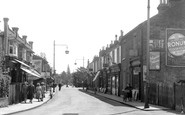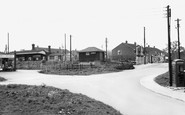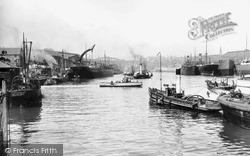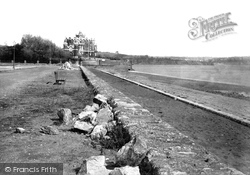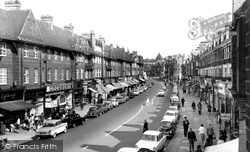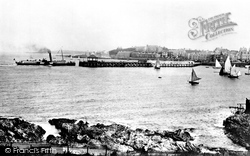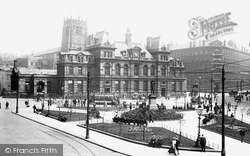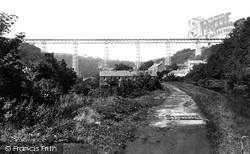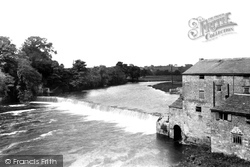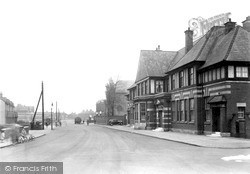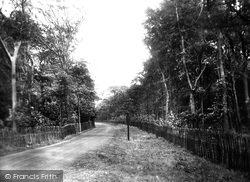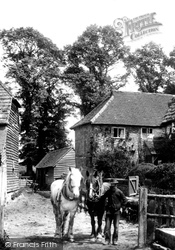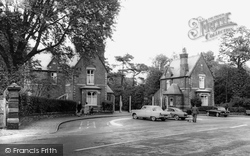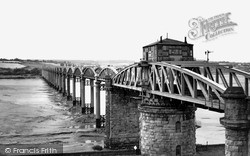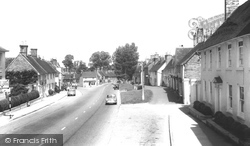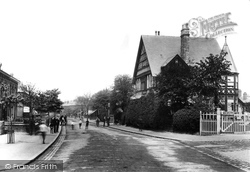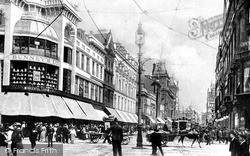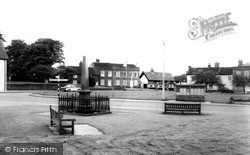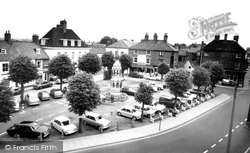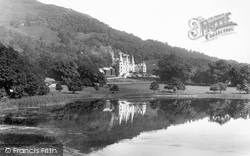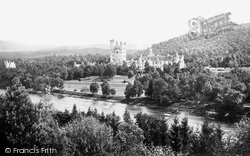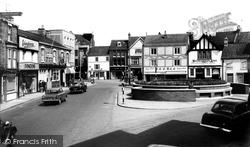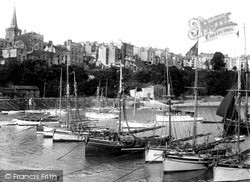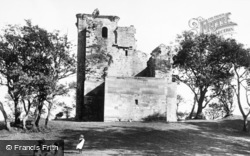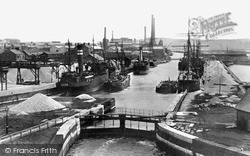Places
4 places found.
Those places high-lighted have photos. All locations may have maps, books and memories.
Photos
2 photos found. Showing results 621 to 2.
Maps
65 maps found.
Books
Sorry, no books were found that related to your search.
Memories
4,591 memories found. Showing results 311 to 320.
Through The Generations
The image of Carlton Parish Church has changed very little over the years. I have a similar photograph of the church taken on my wedding day. The Church has a place in my heart and holds very great memories for me ...Read more
A memory of Carlton in Lindrick by
Memories Of The Co Op
I remember the Sunday dances at the Co-Op hall well. My mum used to work in the cloakroom and I went with her. We would take the coats in, I would go out and dance (thought I was great and grown up) then I would help give the ...Read more
A memory of Addlestone in 1964 by
Flying Scotsman Through Bramley Station
I think it was 1963. The Flying Scotsman steam train came through Bramley station. I was only small, and we all gathered to watch it come through at a fantastic speed! I remember the station master, ...Read more
A memory of Bramley in 1963
I Met And Then Married My Blind Date At Alton
I remember as a 16 year old that I was a patient in the Lord Mayor Treloars Hospital, ward 1. I was considered to be a long term patient who was having knee surgery. I had to stay in bed for six weeks, only ...Read more
A memory of Alton in 1975 by
The Pre Fab Years
I was born in Recreation Close - a tiny 1 bedroom maisonette at the bottom of Wide Way. My Grandparents lived in Greenwood Road just around the corner. In June 1944, during the Second World War, a doodle bug exploded on the shelter ...Read more
A memory of Mitcham in 1940 by
My Memories Of The Coronation 2nd June 1953
My memories of the Coronation-2nd June 1953 While I was studying at the Bridgend Preparatory and Commercial School two events happened which changed the course of history for Great Britain. In February ...Read more
A memory of Aberkenfig in 1953 by
My Memories Of Addlestone
Fashion shows with a cup of tea and a biscuit in the Copop on a Saturday. When I was younger the Co-op ran a sports day and we all got a goody box with cream cakes cakes and a suprise of fruit. We shopped at Parrs at the ...Read more
A memory of Addlestone by
Visiting Graves Of Grandparents And Great Grandparents
My grandparents Mary (Westbrook) Howard and John Howard rest in the Hanwell cemetery, along with Mary's parents, buried in the row ahead. It took me one and a half hours to find them, as ...Read more
A memory of Hanwell in 2005 by
Happy Days In Latimer
It was only two years or so, from 1959-61, aged 6-8, but it still seems as if the happiest period of my childhood in Latimer was one long, endless, glorious summer. My dad was in the army, in the King's Own Scottish Borderers, ...Read more
A memory of Latimer in 1959 by
Great Memories Of This Area
Really it was 1961-66. I worked as a Geologist for the United Steel Companies based in Rotherham. I visited Haile Moor and Beckermet Mines every two or three weeks for 5 years and came to love the area and its people ...Read more
A memory of Thornhill in 1961 by
Captions
913 captions found. Showing results 745 to 768.
650 years of shipbuilding on the Wear came to an end with the closure of North East Shipbuilders' Southwick yard in 1989.
After losing his wife, he came to Paignton and bought the tower, one of many built in the early 1800s to repel possible French attack.
Golders Green was farmland until the turn of the century; prosperity came in 1905 with the arrival of the Northern line. It is famous for its crematorium, partly designed by Sir Ernest George.
Their ships came onto the route in 1894, leaving Belfast at the 'Bangor Jetty' near Queens Bridge. The next year the railway built the long new pier seen here.
To the right is part of Little Germany, a warehouse complex built by German traders who came to the city as cloth merchants in the 1820s and after the 1870 Franco-Prussian war.
The Franciscans came to Richmond in 1258, and built a small church befitting their commitment to poverty, but this elegant belfry tower was slotted into the crossing of the church between the nave, choir
Construction began in 1853 and was finished in 1855, although the viaduct only came into service a year and half later.
The brewery chimney came down in 1959, and the remaining building became the site of the bus station. On the outskirts of the town was the Naval Training Ship HMS 'Cabot'.
A bus service came in 1922, and at the end of the road on the right, the Hippodrome Cinema entertained the town from 1929 until June 1962.
Fortunately Richard Ansdell RA, the world-renowned Victorian painter, chose to build a house, Starr Hills, amongst the sandhills; although his hope was for solitude, he brought fame and expansion to the
Three years after William Cobbett rode through this stretch of countryside in August 1823, the Dale family came to Aldhurst Farm.
Southport local authority came to the rescue in 1932, when financial difficulties were about to force a sale to a housing development company.
Vessels collided with the bridge quite frequently, but the fatal blow came in October 1960.
For some 100 years it was the residence of successive members of one family: James Brooks came to Odiham in 1818 to join an attorney's partnership, and his descendants continued as solicitors in
During the Second World War, Mrs Armitage, who had taken to using her pony and trap to save petrol, would tie the pony up to the pump when she came down to the village to shop, never mind
Bunney's was the shop for unusual gifts and imported goods from all over the world, which came to Britain via Liverpool Docks.
Marrying the Duke of Monmouth, she sheltered him at Toddington when his scheme to take the throne from James II came unstuck.
Sir Joseph came from the nearby village of Revesby, and the plants he brought back from his journey with Captain Cook formed Kew Gardens.
Dorothy Wordsworth described the visit she made with her poet brother to the loch: 'We came up to that little lake, and saw it before us in its true shape in the cheerful sunshine.
Queen Victoria and Prince Albert first came to Scotland in 1842 and took over the lease of Balmoral in 1847.
Because so much change has taken place, the Bull Ring was not recognisable; when I asked where it was, the answer came 'You're standing in it !'
The town developed as a Victorian watering hole for the well-to-do, especially after the railway came in 1863, but in post-war years it has been the destination for mass-tourism, mainly from the south
The estate was held in the 12th century by Sir Robert Croc of Neilston, and it is from him that the castle derives its name.
Most of the clay came from Fowey, Par or Charlestown; the traffic remained one of the last strongholds of coastal merchant sailing ships well into the 20th century.
Places (4)
Photos (2)
Memories (4591)
Books (0)
Maps (65)




